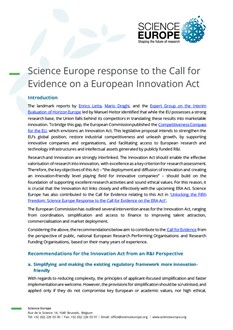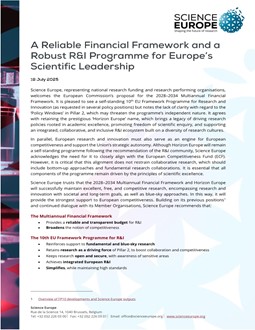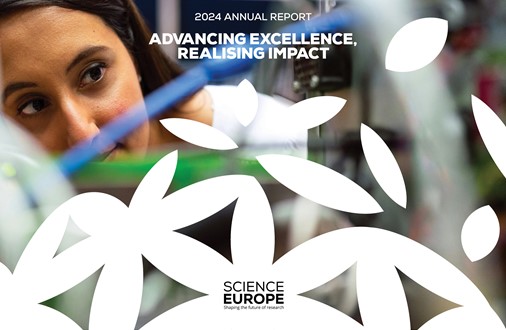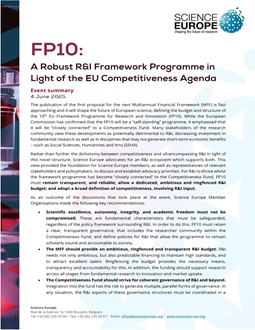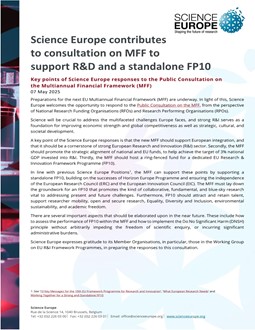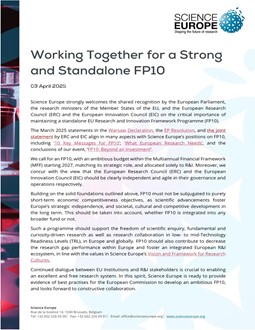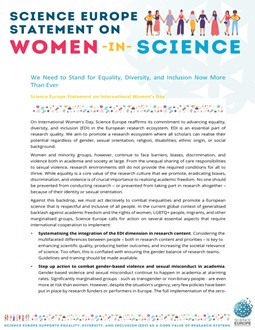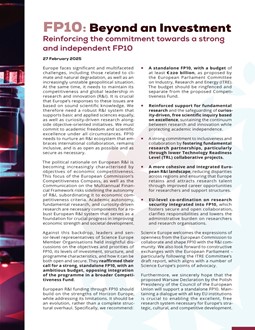
-
Share on
Science|Business Conference on Talent Retention
Science|Business and Science Europe co-organised a conference on ‘Talent retention: How can Europe tackle the challenges of brain drain and capacity building in EU13 countries?’. This event closed a series of workshops organised by Science Europe on spreading excellence and widening participation in European R&I programmes.
In the first session of the event on talent retention, European Commissioner for Innovation, Research, Culture, Education and Youth Mariya Gabriel provided an online speech highlighting the importance of fostering brain circulation within Europe and offering the perspective of creating an EU partnership on young researchers in the next Framework Programme.
During a Science Europe panel session on Fostering Brain Circulation, Maciej Żylicz, President of the board of FNP, explained Poland’s effort to attract research to the country. He also mentioned a special programme that allows researchers to open their first lab in Poland and whose impact on attracting talents has already been demonstrated, with 70% of participants coming from abroad.
Mitja Lainščak, director of ARRS, highlighted that improvement in the R&I ecosystem can only go hand in hand with an overall social and economic development. Such development is the condition for any country to be attractive.
Petr Baldrian, President of GACR, agreed and added that brain circulation can only be successful if the national ecosystem is strong enough for talent to thrive and exploit their full potential.
In another panel on ‘Capacity building: Innovation ecosystems as talent attractors’, Anu Noorma, Director General of ETAG, shed some light on the Estonian strategy. The national public investments in R&I have increased following a political decision. This also resulted in an increase in private investments. Three priority pillars were identified: research systems, technology transfer, and an attractive environment for innovative enterprises. Intersectoral mobility was also facilitated and new programmes were created to encourage girls performing science at school, and to improve communication around science and science activities.







